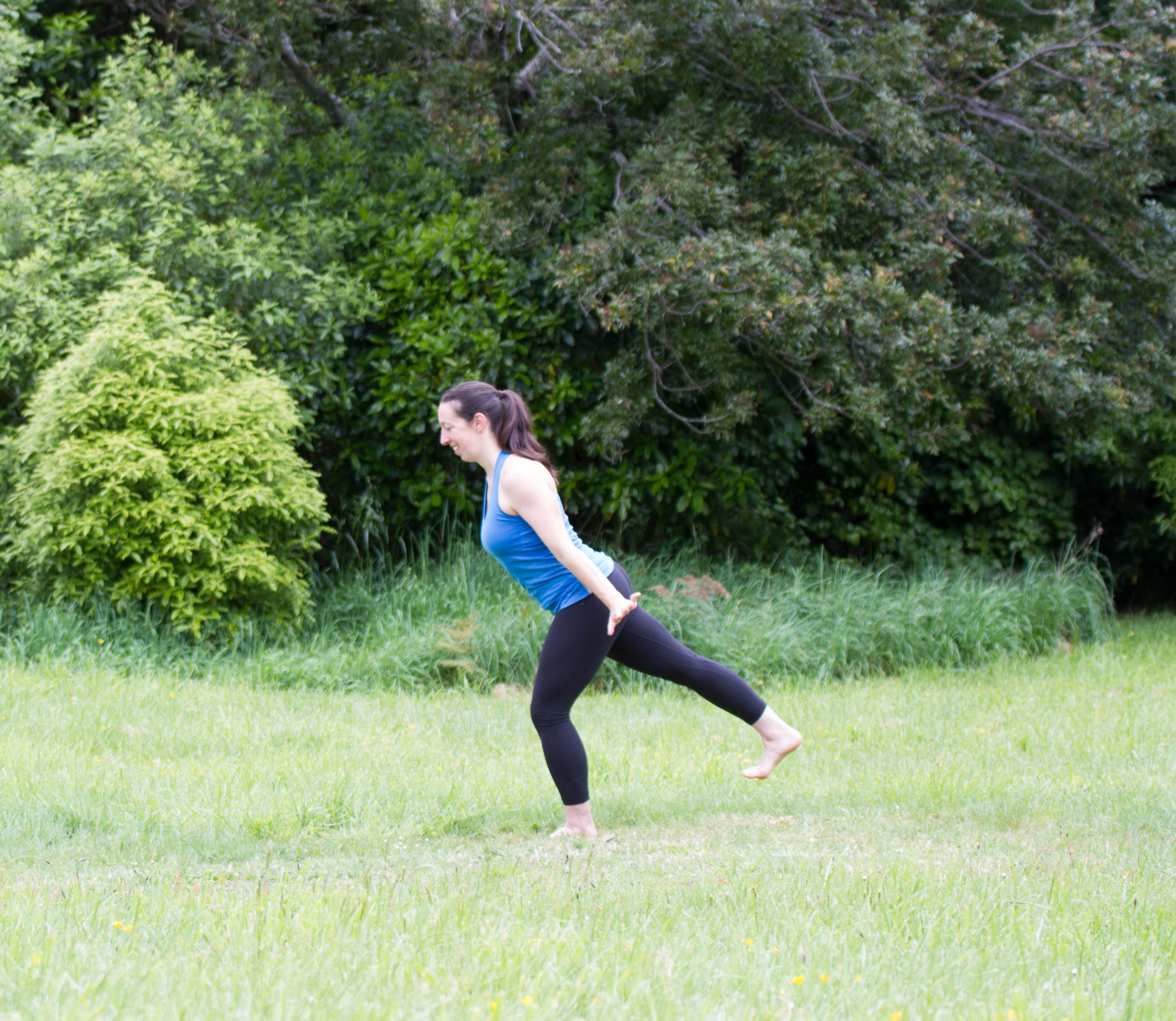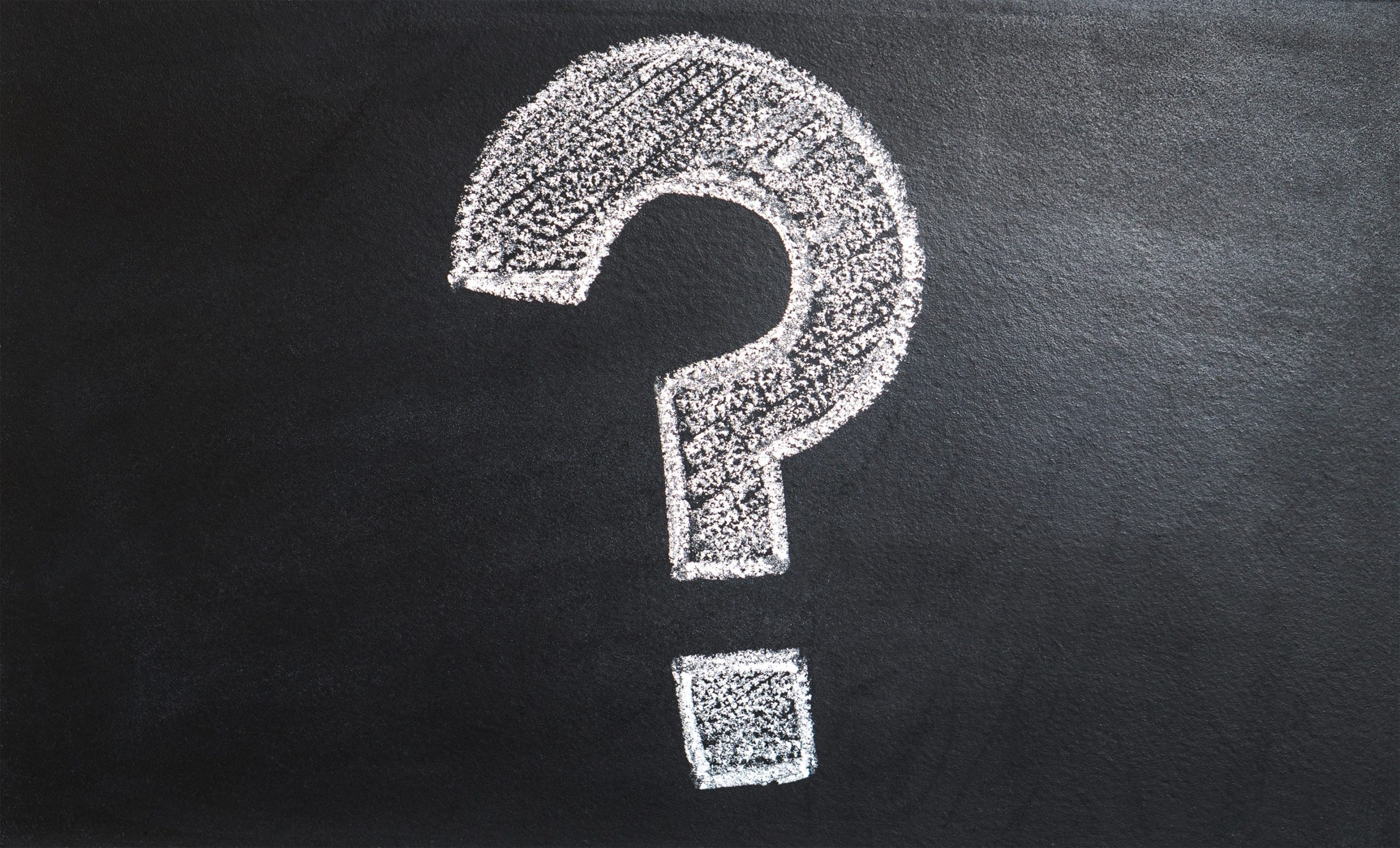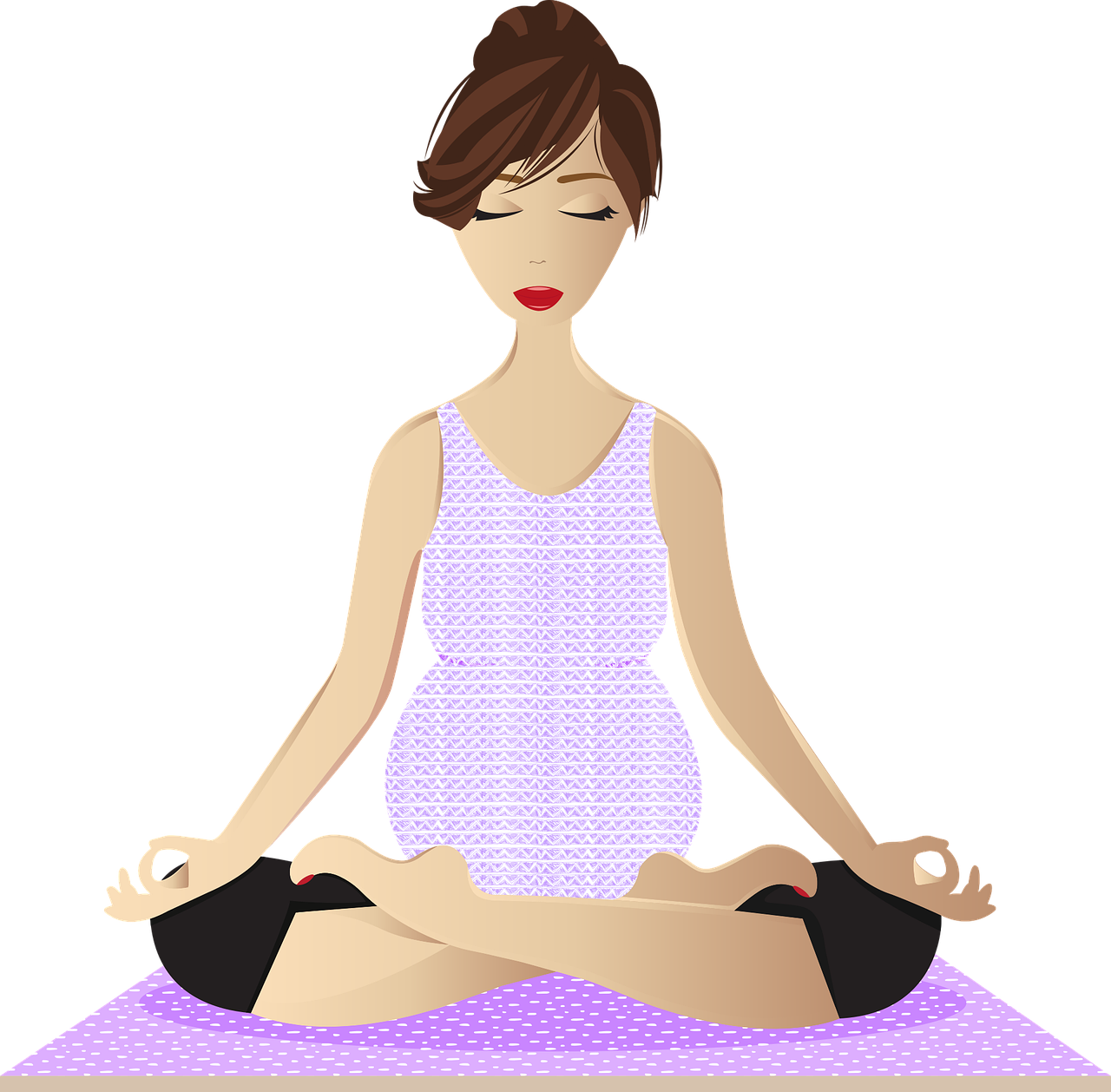Last year I completed the Tiaki Pilates Institute Foundation Course as part of my ongoing professional development. I am often asked how pilates is different than yoga. So I thought I would first start by explaining a little about pilates.
Where did pilates come from?
Pilates is an ‘exercise system,’ developed in the 1920s by Joseph Pilates (hence the name). He was in an internment camp during World War I. He had a number of health problems and had found that exercise helped him to manage those health issues. While he was in the internment camp he developed an exercise routine he called ‘contrology’ and he taught this to the other people in the camp. When the war ended, he moved to New York City, opened a studio in 1926 with his wife Clara and together they developed what eventually became known as pilates over the following decades.
The reformer machine was specifically inspired by Joseph Pilate’s time in the internment camp when he wanted to offer movement and gentle resistance for people who were bed-ridden but still needed exercise. You can read more about the history of pilates from the US-based Pilates Method Alliance and this article The Acrobatic Immigrant Who Invented Pilates in a Prisoner of War Camp from Narratively. Joseph Pilates also wrote two books on his exercise system: Your Health published in 1934 and Return to Life Through Contrology published in 1945.
What does pilates involve?
The pilates approach has a strong focus on having a stable and strong (but not rigid) core as a foundation for healthy movement. And when we talk about core, I mean all of the muscles surrounding the abdomen and into the pelvis and to some degree the hips. In addition, a key feature is connecting your breath to the movement to help improve awareness and control of the core muscles.
Reading that you might think pilates is just about sit-ups and crunches, but it is much more. Pilates takes a wider approach of movement. A key feature is learning how to keep the body in a stable and healthy position as you move – so pilates works on learning to activate and use muscles thoughtfully and with control. Pilates and yoga both share an emphasis on body awareness and keeping that awareness as you move.
The Anatomy and Physiology manual from the Tiaki Pilates Institute states:
“He [Joseph Pilates] believed that gaining mastery of your mind over the complete control of your body was important and by building a sturdy body and sound mind one was able to perform every day tasks with ease and perfection as well as to provide tremendous reserve energy for sports, and recreation. He believed in exercising the whole body and that developing minor muscles naturally helps to strengthen major muscles.”
Anatomy and Physiology, Tiaki Pilates Institute, Wellington, 2018.
Joseph Pilates initially introduced a series of 34 mat exercises published in his books. He continued to develop and evolve his exercises over time. Many of these original 34 exercises look similar to yoga and at least a few articles I’ve read suggest that Joseph Pilates studied yoga. It does seem logical he might have been influenced by yoga as modern postural yoga was also being developed and introduced into western culture at the same time that Joseph Pilates was developing his programme.
What do you do in a pilates group class?
There are two main forms of pilates you can practice in a group class – on the mat or on the reformer. On the mat is just like it sounds – you do the pilates movements on a mat on the floor (much like yoga). In some cases mat pilates classes will involve props or tools to help provide resistance, such as pulling on a strong rubber band or squeezing a ball between your legs.
Reformer pilates is done on a machine like these. There are springs in the machine, so that as you push or pull it creates resistance. This can very the intensity or strength needed for a movement, and also helps with body awareness and muscle use. Pilates is also offered in private one-to-one sessions that might use the reformer and other tools. Typically a teacher will ask you to do a certain exercise or movement, and to repeat this for a certain number of times. Often there will be variations depending on your unique needs and body.
Of course, any pilates class, like a yoga session, will vary depending on the teacher’s style and training.
How do people become pilates teachers?
Initially, early students of Joseph Pilates began to teach and share his philosophy and exercise system. As interest grew, formal teacher training programmes were developed. In the early 1990s, Pilates instructor Sean Gallagher had trademarked pilates and he attempted to prevent others from using the term. But in 2000, a US district court decided that pilates could not be trademarked because it was a generic exercise system. As a result, anyone can say they are trained in pilates and offer pilates classes. There is work underway to standardise certification but it is voluntary.
This is not unlike yoga, where anyone can say they are a yoga teacher and offer yoga classes – regulation and certification varies globally. I’ll write more about this. The key thing to remember is if you are looking to try a pilates class, do your research. See my 5 questions to ask a yoga teacher post – the same questions fit for a pilates instructor, gym or studio.




